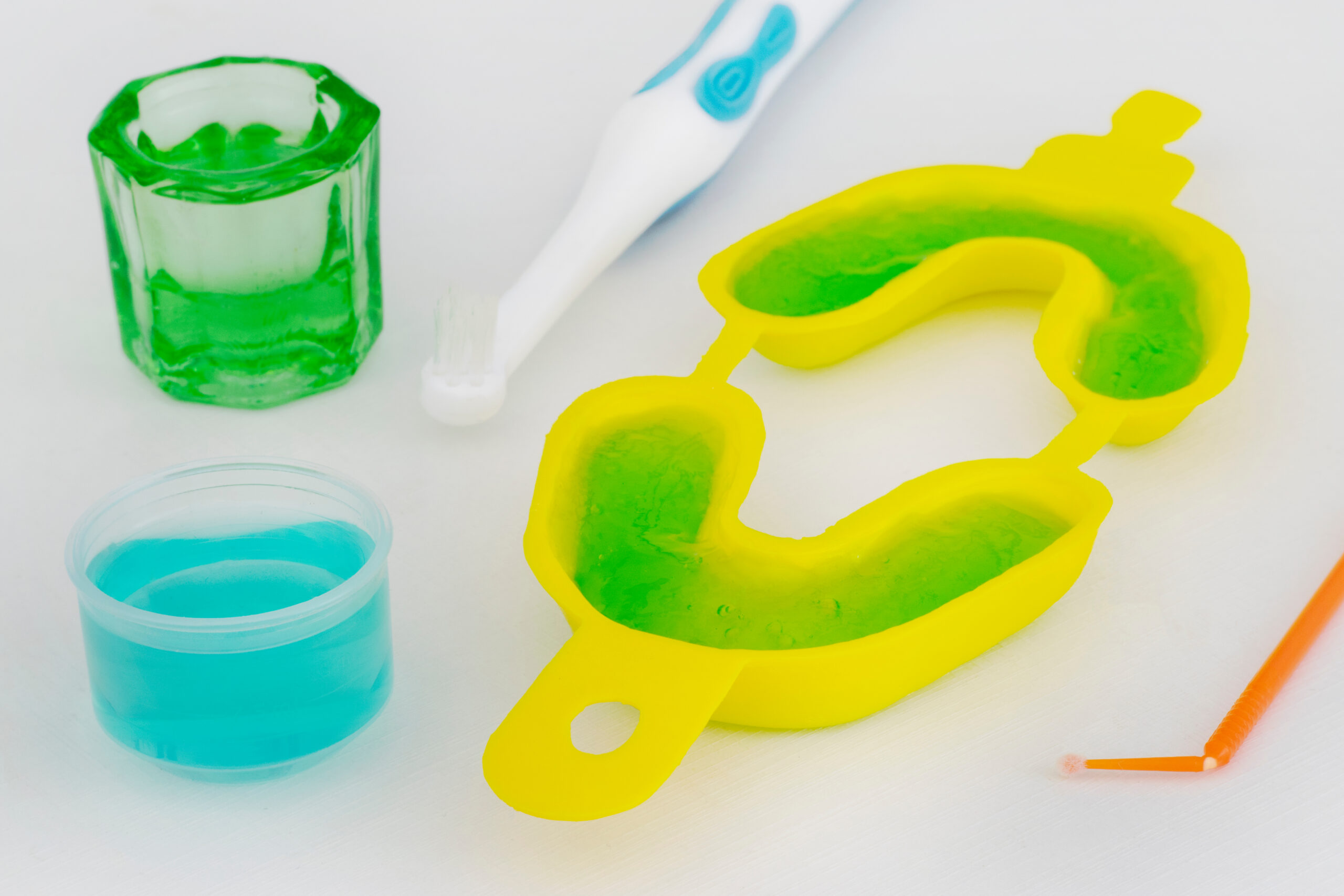That’s a convoluted question to answer.
Let’s re-sharpen our knowledge on something we learned in grade school to get a better grasp on dental expert, Dr. Daniel Klein’s insight.
The PH scale (0-14):
- 7 is neutral
- Under 7 is “more on the acidic side”
- Over 7 is “alkaline or basic”
Any extreme on the scale (1 or 14 are very intense) will “eat through car metal,” Klein emphasizes.
“Our mouth is at a resting PH of about 7.”
PH of 5.5 is an important mark – known as “critical PH.”
You pop a bagel bite in your mouth, then what happens?
- Bacteria breaks down carbs
- Turns into acid
- The PH in your mouth starts dropping
- When you hit that 5.5 mark is when your teeth has holes being made
You’ve swallowed it, then what?
- Saliva kicks in
- Neutralizes the acid
- The PH starts rising again
You should be back at that critical PH of 5.5.
There are 2 ways to get fluoride into your enamel:
- Systemic fluoride (most controversial) – when kids ingest / swallow it and it thereby incorporates into the body/bones
2- Topical fluoride – Only gets put on the teeth in our mouth (via toothpaste, rinses, or at the dentist)
What are the pros and cons to fluoride and its ways of application?
I learned during the interview with Dr. Klein that this can be a controversial topic. The pro- vs. anti-fluoride communities.
When you add fluoride to your dental health mix, “It is a lot less resistant to the acid breakdown.” Instead of having to hit the critical PH of 5.5, PH has to drop to 4.5.
“So you are spending less time in that ‘holes-making phase.’”
Fluoride rinses: “Dry out your mouth.”
Fluoride in toothpaste: “It helps, but does not penetrate as deep into enamel as the varnish applied at dental visits.”
Fluoride varnish: “My favorite kind, because it doesn’t get ingested in the body. It’s very controlled. It stays topical and actually absorbs deeper into the enamel than other.”
When choosing varnish application, know that, “It starts to wear off at the 3-month mark,” Klein said.
Do you know how much fluoride you are ingesting?
“We have no idea,” Klein said.
This is where the answer is simplified …
Most likely any grocery store you shop at – buy your fruits, vegetables, more – don’t have a fluoride label by the price tag. (If your store does – please inform me!) So, you roll the dice each time you consume them.
In some respects, your grocer has control of your health. Their buyers dictate what you ingest.
The farmers and their land (soil) are also a major contributor to your state of health.
You may say, ‘Well then, it’s all out of my control, so why bother making good selections, purchasing organic, researching the farms in which the crops were grown?’
Truly though, achieving a healthier body is multi-layered. And part of that, in my opinion, is making smart decisions that help you live a healthier, happier life – one full of longevity and vitality. You do have some control in this arena.
It’s good to give a bit more thought to how much fluoride you are ingesting present day.
Dr. Daniel Klein has been practicing dentistry since 2011. He also serves as clinical faculty at UCLA School of Dentistry.
This website does not provide medical advice. No material on this site is intended to be a substitute for professional medical advice, diagnosis or treatment. It is for informational purposes only. Always seek the advice of a medical professional or other qualified health care provider on any health matter or question.
